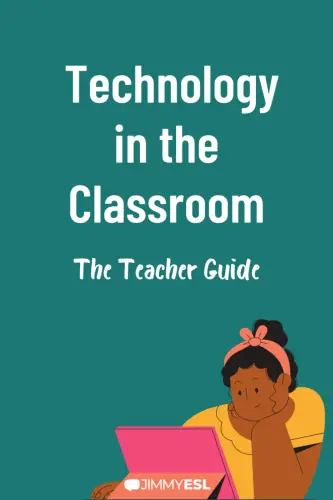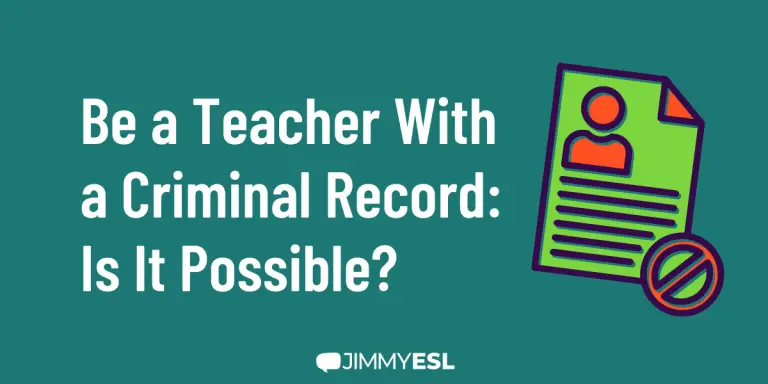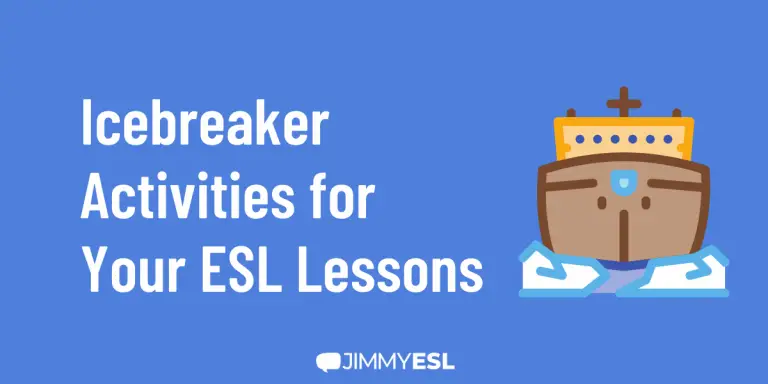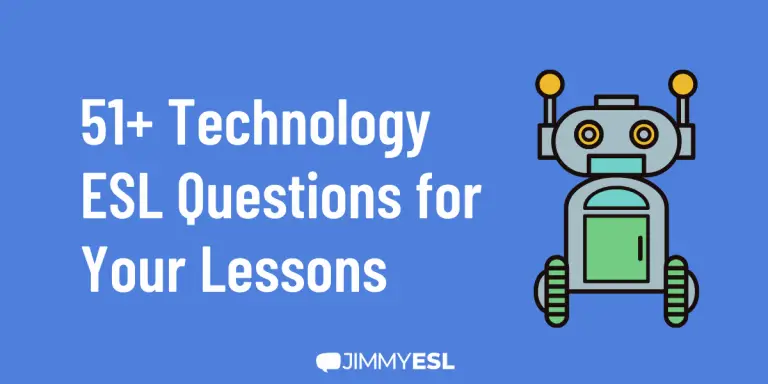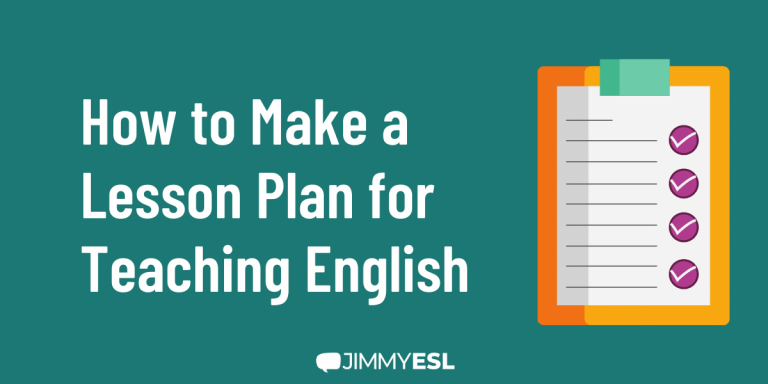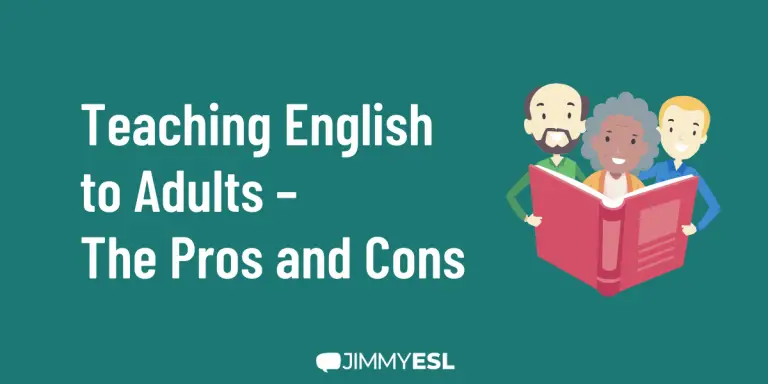Integrating Technology in the Classroom: The Extensive Guide
Not so long ago, the internet and the use of technology in education were discussed as things of the future. Education professionals would often question the possibility and accessibility of incorporating technology in the classroom.
Today, it is evident that technology classrooms are rather the rule than the exclusion, so the question is not whether to integrate technology in our learning environments but how to do this in ways that would be productive and enjoyable for both you and your students.
There’s a popular belief that technology in the classroom means distraction and too much information. In contrast, research made in the last two decades has come to the conclusion that the effective integration of technology can significantly change and improve the classroom and increase student engagement in learning.
Read on and discover how to take the first steps toward successful technology integration in your classroom.
How Students Benefit from Using Technology in the Classroom
Introducing technology in the lessons of your curriculum can be beneficial for students in many ways. Most of them spend a lot of time with digital technology at home but that doesn’t mean that they know how to use the same technology for learning.
This is where you step in and offer a helping hand by providing guidance and collaboration through the digital tools for learning. Understandably, the access to technology and the age group of students might require different approaches.
So how do students benefit from the tech classroom?
Learning in an Engaging Environment
When you integrate technology in your classroom, regardless of whether by using a mobile device, a laptop, or an interactive whiteboard, you abandon the dull, traditional pattern of presenting new content and replace it with fun, interactive activities that encourage participation and communication among students and the teacher in the classroom.
Learning Through Different Learning Styles
One of the important advantages of the tech classroom is that teachers are allowed to adapt and modify their lessons to fit students’ individual needs and preferences as each of them is learning differently. Most digital learning tools allow each student to learn new content on their terms but also to communicate and exchange knowledge with peers and the teacher.
Improved Collaboration
Many of the tasks and activities in the technology classroom require students to interact with their classmates or ask questions – excellent ways for students to collaborate while learning new content. If students work in small groups, this process might be even more effective. The teacher could encourage more advanced students to help less experienced students in the group.
Prepared Digital Citizens
In the tech classroom, you will surely teach a lot of practical digital skills to students, like Word or PowerPoint, however, it is equally important for them to learn about the most challenging aspects of the digital era, such as proper conduct online, cyber safety, cyberbullying, plagiarism, digital footprint, etc. One practical way to teach these amid lessons is by setting rules for safe usage of online information and expected online conduct.
Improved Teacher-Student Relationships
Regardless of what your subject matter might be, the wide array of digital activities and tools will make it more fun and attractive to students and this will automatically create a positive atmosphere in the learning environment.
Make sure you always check the current context of what you’re teaching and try to keep up with the tech advancements, so you can easily approach students and encourage critical thinking and idea exchange.
Types of Technology Integration in the Classroom
When it comes to implementing technology in the classroom, one of the most relevant things to consider is that teachers don’t teach technology as a separate subject work on integrating it when presenting content and that students can later also use it to demonstrate what they’ve learned.
This approach can really help teachers who are less tech-savvy or skeptical about the benefits of digital education tools. The term “technology integration”, however, is quite broad, but here are some of the most applicable types of technology integration today:
Online Learning & Hybrid Classrooms
Hybrid learning had been a hot topic among educators in the last two decades before it became almost a necessity right with the outbreak of the COVID-19 pandemic. Teachers and education professionals are exploring and practicing various ways of blending online and face-to-face education, which makes learning quite challenging and yet more accessible than ever before.
Learn how to use a green screen for online teaching in this article.
Project-Based Blended Learning
Though the so-called project-based learning (PBL) is familiar to most educators, blended learning is yet to be discovered. Blended learning refers to teaching practices that combine traditional methods with online learning, so we can say that it’s a hybrid learning experience.
This type provides learning content in a highly adaptive and personalized way, allowing students to follow their own pace while engaging in the online content and then apply what they’ve learned in the common project, i.e. the hands-on part of the learning process.
Gamified Learning, Web-Based Projects & Research
Even the simplest of games can turn learning from a passive activity into a fun and motivating process. When you use technology for gamified learning, for example through quizzes or virtual information hunts, you really change the atmosphere in your classroom – playing digital games is one of the students’ most favored activities in their free time.
Another simple and practical way to encourage students to use technology for learning is through digital field trips, using web resources, and helping students to do online research on a specific topic.
These types of technology integration will practically merge your objective with their focus and interests and this creates a seamless learning experience.
Learning through Mobile Devices & Social Media
Integrating handheld devices and social media as learning tools are among the innovative ways to use technology in the classroom. Instead of observing these as attention takers, try to find a convenient way to make them work for your benefit.
Mobile phones and tablets can be quite practical for connecting students to classroom resources and sharing materials. As for social media, it allows teachers to create groups or pages for discussions, poles, and debates for their students.
Learning through Interactive Whiteboards & Classroom Response Systems
More and more schools abandon the green chalkboards and replace them with interactive whiteboards to make lessons more fun and appealing. The “smart boards” allow you to design your lesson using their tools, use the internet at any time to browse information together with your students, etc. In addition, most of the teacher resources nowadays contain a “smart board” extension of the textbooks with extra activities.
The classroom response systems (CRS), on the other hand, aims to transform abstract learning into a hands-on experience by using remote devices which allow students to individually engage in the content projected on the screen through a receiving device and software.
Levels of Technology Integration
According to Mary Beth Hertz, a director of Education Technology and an expert in the field, there are four levels of classroom technology integration. Here is how she defines these on her blog:
- Sparse: Technology is rarely used or available, so students rarely use it for their projects or assignments.
- Basic: Technology is more often used in the lab, but not in the classroom which makes students’ access to it limited. Students use only one or two digital tools when creating projects.
- Comfortable: Technology is used on a fairly regular basis in the classroom and students know and can use many tools for creating projects and presenting knowledge.
- Seamless: Students use technology daily in the classroom and can use different tools to create projects and assignments and demonstrate understanding of content.
The levels of integration can vary and depend on a number of factors, especially the availability of digital resources, equipment, and support as well as the access to technology in a specific school or classroom.
Tips on How to Use Technology in the Classroom
Now that we’ve presented some of the integral ways of incorporating technology in the classroom, let’s look at a few tips on how to do it practically:
| Types of integration | Tips |
| Online learning and hybrid classrooms | I recommend creating class recordings that prove to be invaluable to students’ individual needs (online and offline). Don’t forget to hit that record button! |
| Project-based blended learning | Focus on providing real-world context to the learning units. If your primary objective is teaching climate change, for example, present it through contrast, i.e. climate change in Greenland vs. Europe. Include digital maps, field trips, and videos. |
| Gamified learning, web-based projects, research | Make sure you create interesting yet not overly ambitious game mechanics so you can manage your time and monitor the progress of students. The same goes for web-based projects – link every action to an outcome that is clear to the learner. |
| Learning through mobile devices and social media | Create authentic hashtags that you and your students will use. Make photo albums or note sections where you can upload relevant materials. Turn cell phones into learning instruments by using tools like Celly or Study Boost for creating polls and quizzes that engage students in a group or individually. |
| Learning through interactive whiteboards and classroom response systems | The interactive whiteboard will help you to encourage all students to participate and perform interactively. For example, you can use a name generator, enter students’ names before class, and then engage each student as names pop out. If you use response systems in the classroom, focus on creating a variety of questions that will address content, student perspective, misconceptions, and student questions (prepared in advance). |
Great Tools to Use in the Classroom
Regardless of whether you’re a beginner or a veteran in integrating technology in the classroom, it’s always practical to have a list of apps and tools that are practical and easy to use in your tech classroom.
Google Classroom
A simple app that many find to be super convenient as it is connected to Gmail, Google Docs, Sheets and Slides, Google Meet, and Google Calendar. It encourages collaboration between students and teachers. Teachers can add students and form a class while students get a clear overview of their assignments and can enroll in discussion forums.
Khan Academy
A free education app that offers exercises, instructional videos, and a personalized learning dashboard. The app can also help you find resources for subjects like science, math, reading, writing, etc. One of the most convenient things is that you can download the videos and watch them at any time.
Edmodo (not available anymore)
This is a social learning app that provides communication, polling, and sharing assignments between students, teachers, and schools. It contains millions of resources that are created and shared by teachers worldwide. Also, parents get access and can keep track of their children’s school calendar, grades and assignments.
Kahoot!
Teachers can use this tool to conduct quizzes, surveys, and discussions. It is a classroom response system, so the whole class can participate simultaneously. The activities involve multiple-choice questions that are projected on the screen and students can answer through a tablet, smartphone, or computer.
iCan-Special Educational Fun
This app is specially designed for young students with learning difficulties. It contains a rich add-free library of educational videos and games that promote the cognitive and socio-emotional skills of the students. There are 8 games available for practicing different skills like Matching, Memory Building, Coloring, Tracing etc.
Edublogs
This app caught my attention as it provides simple creation and management of student and teacher blogs but it can also be used for creating videos, photos and podcasts with the support of a growing lesson library included.
To Conclude
Integrating technology in the classroom is a challenging, yet exciting process that takes patience and willingness for continuous learning. Results won’t come overnight but strong diligence and an open mind can surely help you go a long way in this pursuit that would improve the learning experience for both you and your students.
